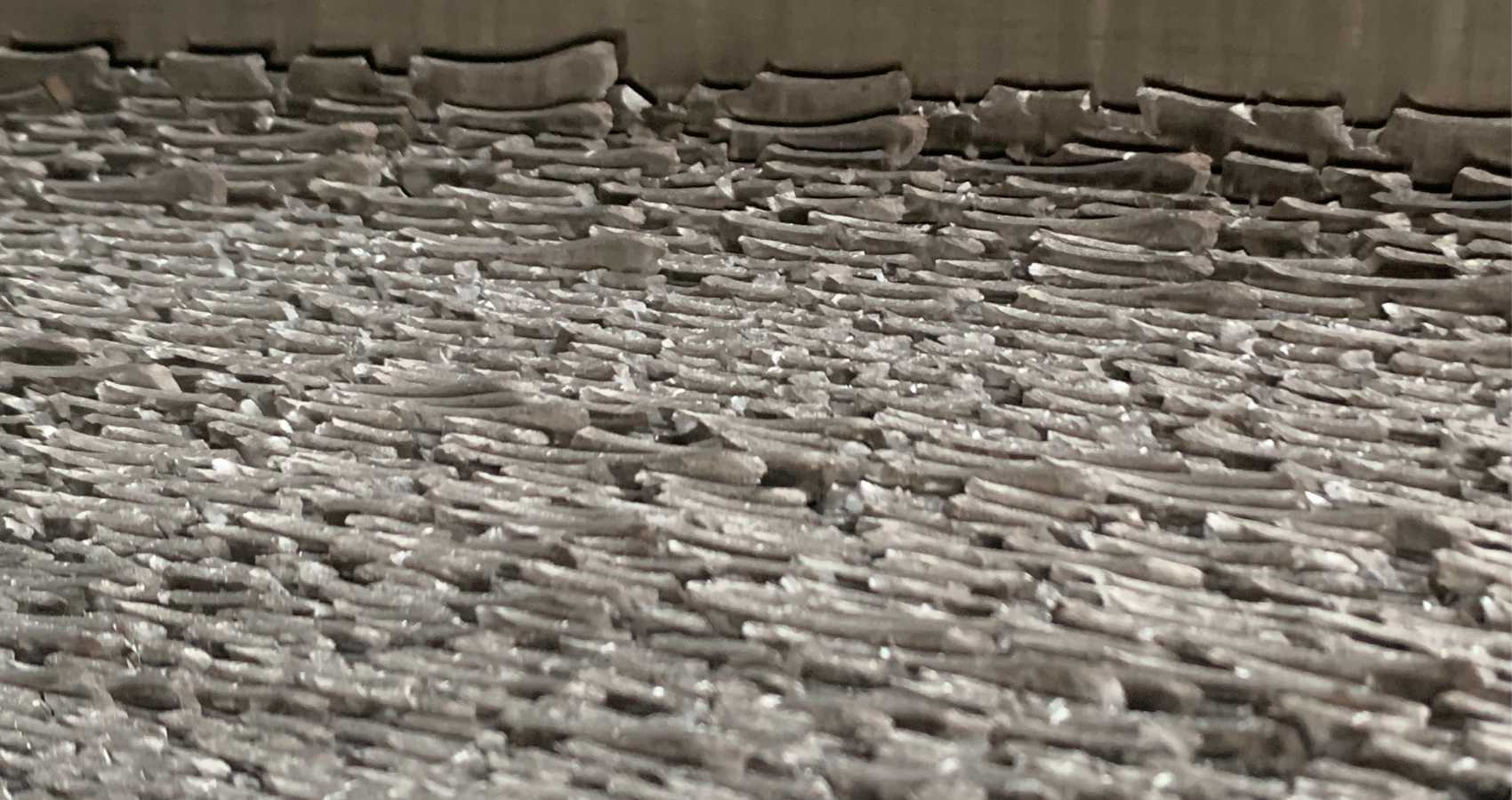

In the world of metals, ductility emerges as a fundamental characteristic. It represents a metal’s ability to deform plastically before fracture occurs. In other words, the higher the ductility of a metal, the greater its capacity to undergo deformations without breaking.
This property plays a crucial role in engineering and the production of metallic artifacts.
Thanks to high ductility, metals can be processed to create objects in a wide range of desired shapes and geometries. Moreover, high ductility also imparts significant toughness to metals, which is extremely useful in various engineering applications as it allows metals to withstand loads and stresses without yielding, thereby contributing to the safety and reliability of structures and devices in which they are used.
The book provides a complete overview of the plastic deformability and ductile fracture behavior of the most important metallic alloys used in engineering, including steels, aluminum alloys, copper, titanium, and magnesium. It employs a metallurgical approach, considering both the microstructure of metals (and how it changes and in turn determines the behavior of metals during deformation) and the mechanical state of stress and strain.
The early chapters of the book introduce basic concepts. Initially, the influence of microstructure on yield strength and strain hardening of metals is discussed, highlighting the role of temperature and strain rate. Generally, as yield strength increases, ductility decreases. This typical correlation is presented in the book alongside some important exceptions that are useful for understanding how to develop new metallic alloys that possess both high ductility and strength.
The initial chapters also consider specific phenomena, such as dynamic strain aging, the tendency for deformation localization into shear bands, hot plastic deformation (considering the interaction with dynamic recrystallization phenomena), and the mechanisms of plastic damage and ductile fracture. The ductile fracture criterion of Rice and Tracey (R-T) is then introduced, which is based on damage mechanisms.
This criterion is a very useful tool for understanding and predicting fracture conditions (i.e., the ductility limit of metals) in all situations where they are subjected to intense plastic deformation, such as during plastic forming operations. Indeed, plastic damage and ductile fracture represent the most significant class of defects that can occur in these processes, and therefore, it is essential to have the appropriate design tools to avoid encountering such defects.
Finally, the last chapters of the text present the typical metalworking processes that exploit their ductility: forging, rolling, extrusion, wire drawing, sheet metal forming, and machining operations by chip removal. The presentation always follows the same scheme, aimed at outlining the conditions for conducting processes safely and without defects.
These concepts, also thanks to the positive interaction with the fundamental notions introduced in the early chapters, provide the reader with an indispensable toolkit for tackling new technological scenarios, such as the traditional processing of innovative metals or the forming of traditional alloys through new methodologies.
The book is aimed at students of materials engineering, mechanical engineering, mechatronics, management, as well as physics and materials science; it is also targeted at researchers and professionals in the fields of industrial engineering and physics who need to address these topics.
A Metallurgical Engineering Perspective
Published by ELSEVIER